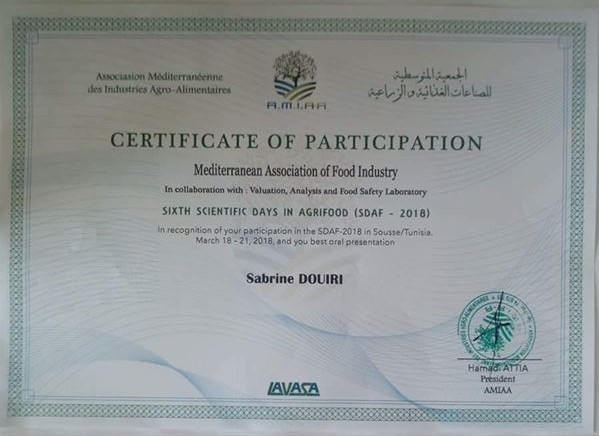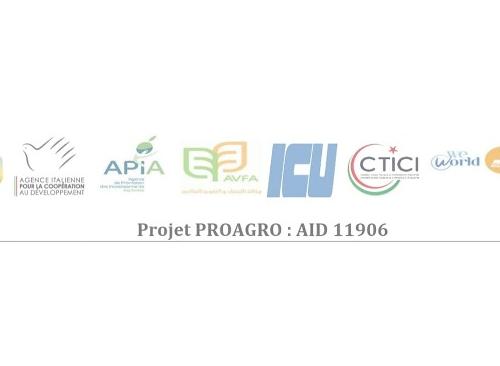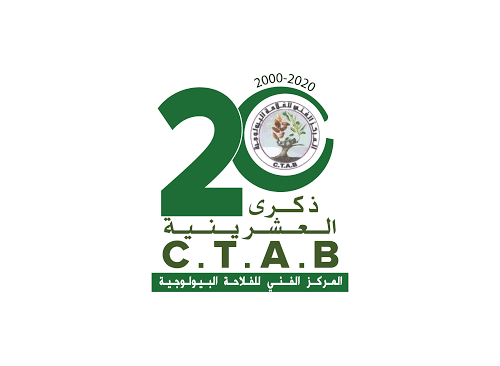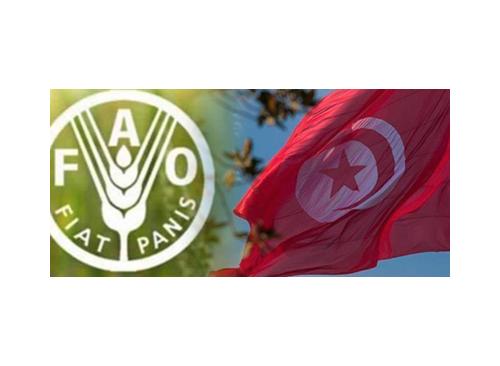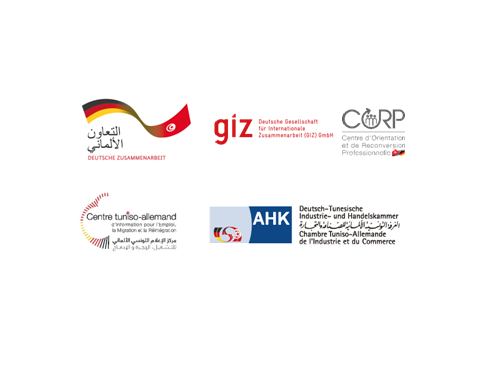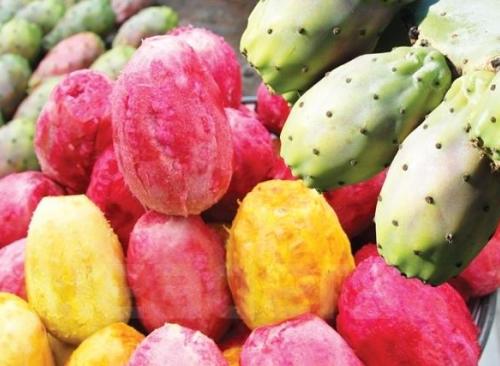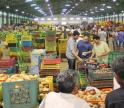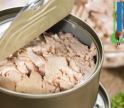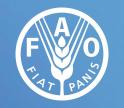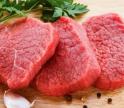La communication orale de la doctorante Sabrine DOUIRI a été sélectionnée comme meilleure intervention lors des journées scientifiques de l'agroalimentaire JSAA 2018 assurées par l'Association méditerranéenne des industries agroalimentaires "AMIAA". Cette présentation a porté sur l’enrichissement des pâtes boulangères en fibres alimentaires: étude des propriétés rhéologiques et thermiques
Abstract
Enrichment of bread dough with dietary fibers: A rheological and thermal study.
Sabrine DOUIRI "1", Wala DHOUIB "2", Sabine DANTHINE "3", Christophe BLECKER "3", Hamadi ATTIA "1" and Dorra GHORBEL "1,2"
"1" University of Sfax, ENIS, LAVASA, BPW, 3038 Sfax, Tunisia.
"2" University of Carthage, INSAT, Centre Urbain Nord, B.P. 676, 1080 Tunis, Tunisia.
"3" University of Liège, GxABT, Passage des Déportés 2, 5030 Gembloux, Belgium.
Dietary fibers join the concept of functional foods with their potential prebiotic effect: the ability to selectively stimulate the growth and/or activity of one or a limited number of bacteria in the colon and improve host health. Yet dietary fibers have demonstrated within several studies a range of health benefits and technological properties, which enabled them to become the epicentre of many industrial by-products valorisation projects. Studies are carried to assess the effect of incorporation of dietary fibers in daily consumed products such as cookies, cakes, extruded snacks, pasta, and bread. The interest in bread, as a potential carrier of dietary fiber, arose from its commonness; bread is a daily-consumed food in most cultures delivering the different nutriments and energy such as carbohydrates, proteins, fibers, lipids, salts and vitamins. Its enrichment with dietary fibers would improve the fiber intake of several deprived populations.
The aim of this study was to assess the effect of incorporation of three commercial dietary fibers in bread dough on its rheological and thermal properties. The results showed that each type of fiber had a different effect on dough development, and the curves delivered in the farinograms were different from the usual wheat flour farinograms. In all formulations, the addition of fibers has increased the dough resistance to extension while decreasing its extensibility. Dynamic tests demonstrated that, in all formulations, G’ was higher than G”, implying a solid viscoelastic behavior. Fibers enrichment of dough has increased both of storage modulus and loss modulus compared to control (wheat flour-dough). In all formulations, three peaks are usually visible on a DSC thermogram: two peaks of starch gelatinization and a peak of the decomposition of amylo-lipids complexes.



